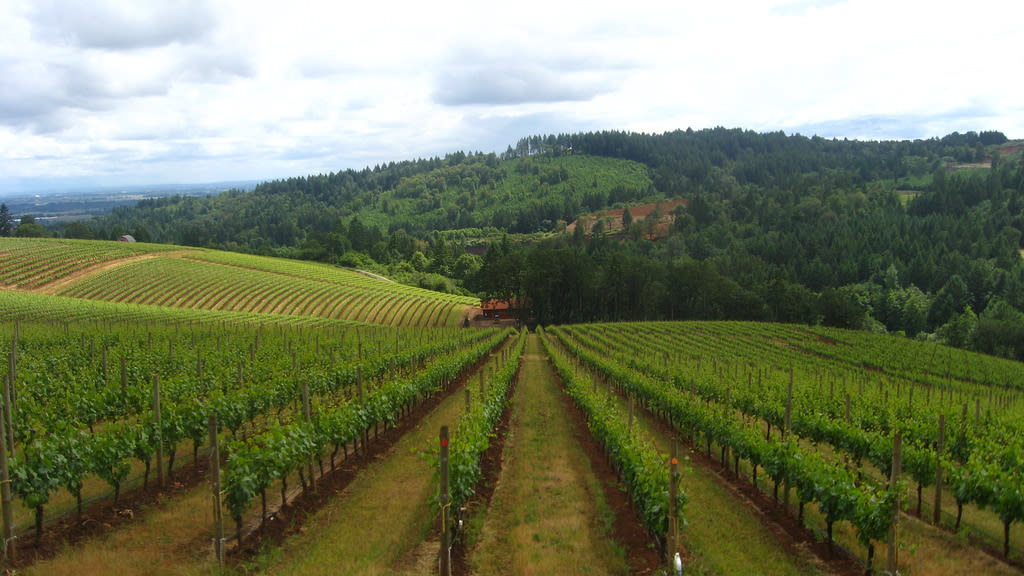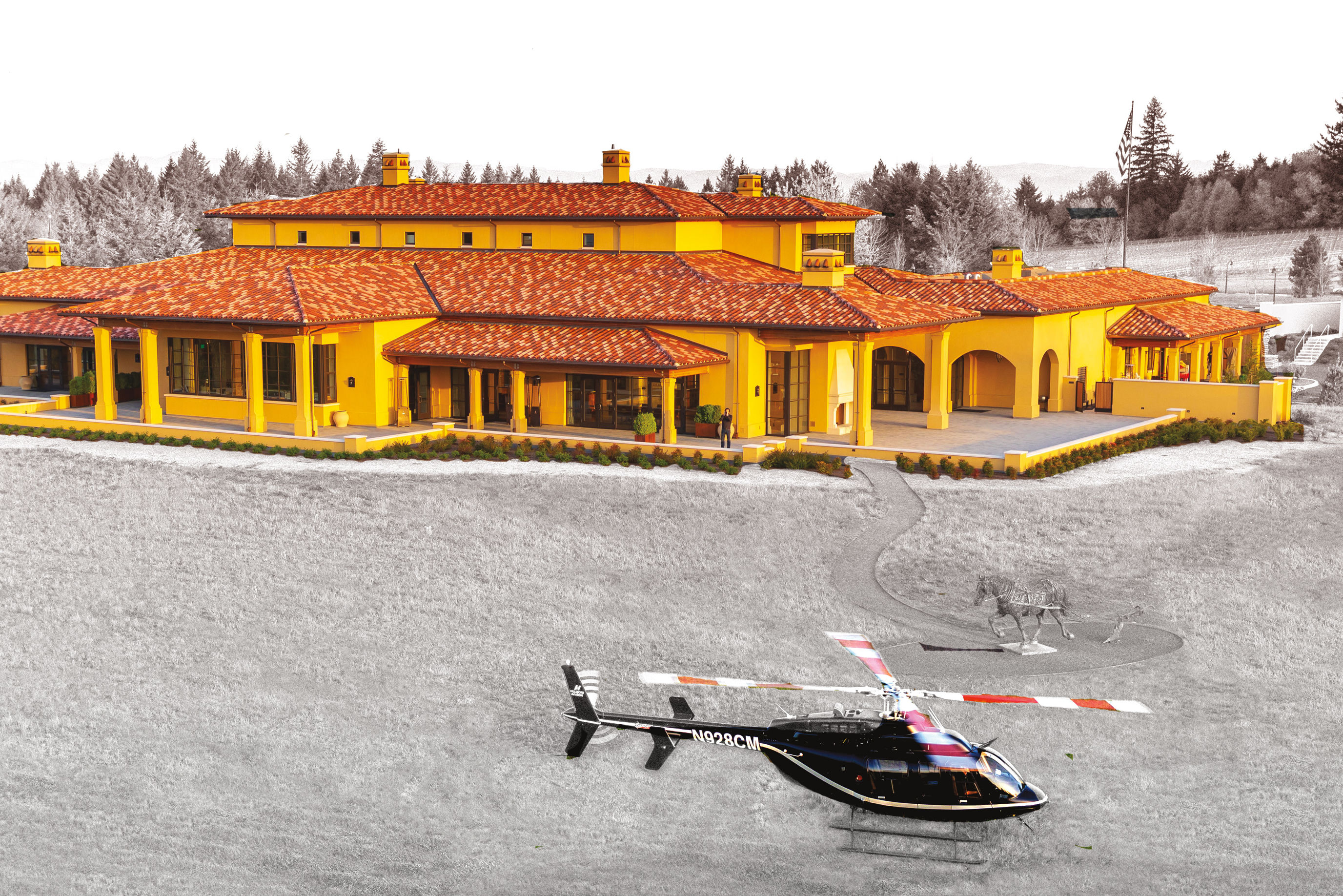The Van Duzer Corridor Is Oregon's Newest Wine Region. Was the Drama Worth It?

A vineyard in the Willamette Valley
Image: Courtesy Jason Lander/CC
Active lobbying from Oregon Senators Ron Wyden and Jeff Merkley. Eight years of petitioning by Willamette Valley winemakers. And then, in the eleventh hour, a government shutdown just at the point of—theoretically—launching the thing. Who knew that getting a new wine region off the ground could be such a soap opera?
Such drama certainly isn’t what winemaker Jeff Havlin had in mind back in 2011, when he first asked the federal Alcohol and Tobacco Tax and Trade Bureau to recognize the Van Duzer Corridor—a 59,871-acre area nestled west of Salem—as an official American Viticultural Area, or AVA. (Havlin Vineyards is located within the AVA.)
Havlin's motive has always been straightforward: to enhance the reputation of this area in a way that he, and neighboring winemakers, can take to the bank.
“Our prime motivator was knowing that we’ll make more money, once we’re recognized as a producing area with value,” he says.
Some eight years later, the TTB announced that the Van Duzer Corridor AVA—Oregon’s 19th to date, and the seventh nested within the larger Willamette Valley AVA—would be official, effective January 14, 2019. (A date that coincided with the government shutdown, which significantly delayed wine industry business.)
Now, the question is, will consumers see the AVA on bottle labels anytime soon?
Think of AVAs as a geography-based marketing tool: an official designation that hopefully confers status to foodstuffs produced within a region’s perimeters. (Normandy cream, Walla Walla onions.) Regulations differ by state, but if a consumer sees an Oregon AVA on a wine label, that means, by state law, that 95 percent of the grapes in that bottle were sourced from that region. For wine connoisseurs, the treat is tasting how well the final product represents that area’s unique climate, soils, and growing conditions.
For the Van Duzer Corridor AVA, that ostensibly unique flavor profile results from a geographical anomaly: 3,000-foot mountains that funnel formidable coastal winds through this part of the Willamette Valley.
“The grapes respond by having thicker skins,” explains Havlin. “The thicker the skin, the more flavonoids and color the wine will have.”
According to Havlin, there are about seven Willamette Valley wineries that could, theoretically, name-check the AVA on bottles going forward. But that doesn’t mean these wineries will; newness has its drawbacks.
“For people outside the immediate area, the Willamette Valley has a lot better name recognition,” says Karen Saul, co-owner of Andanté Vineyards. Saul says her international consumers are unlikely to be familiar with the Van Duzer name, making its marketing utility questionable at this early stage. As global demand for wine from Oregon—and the Willamette Valley specifically—continues to soar, small wineries face pressure to position themselves for maximal brand recognition. (The marketing advantage, say, of a straightforward “Napa Valley” label, rather than “Atlas Peak,” a smaller AVA nested within Napa, much like the Van Duzer Corridor within the Willamette Valley.)
That pressure has increased in recent years as large, out-of-state wine-makers—Coppolla, Jackson Family Wines, Ponte Estate Wines—enter the Willamette Valley with large vineyard acquisitions. Some winemakers have even attempted to capitalize on the Willamette Valley brand through unscrupulous means, resulting in calls by Senators Wyden and Merkley, among others, for preservation of integrity within the national wine community.
Havlin, however, is ready to experiment with showcasing the more specific terroir of his Pinot Noirs and Pinot Gris.
“I’ll probably have some with Willamette Valley AVA and some with Van Duzer Corridor and see what happens,” says Havlin. “But I don’t see it as any different than Eola-Amity Hills—what’s that to somebody who’s not from here?”
The Van Duzer Corridor isn't the only new AVA proposed in Oregon; currently, there are formal concepts for some four additional nested AVAs within the Willamette Valley. Will Oregon soon be home to the Laurelwood District, Tualatin Hills, Lower Long Tom, and Mount Pisgah? For advocates of these new AVAs, what happens next for Havlin will definitely be where it's at.




